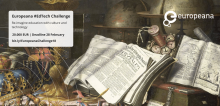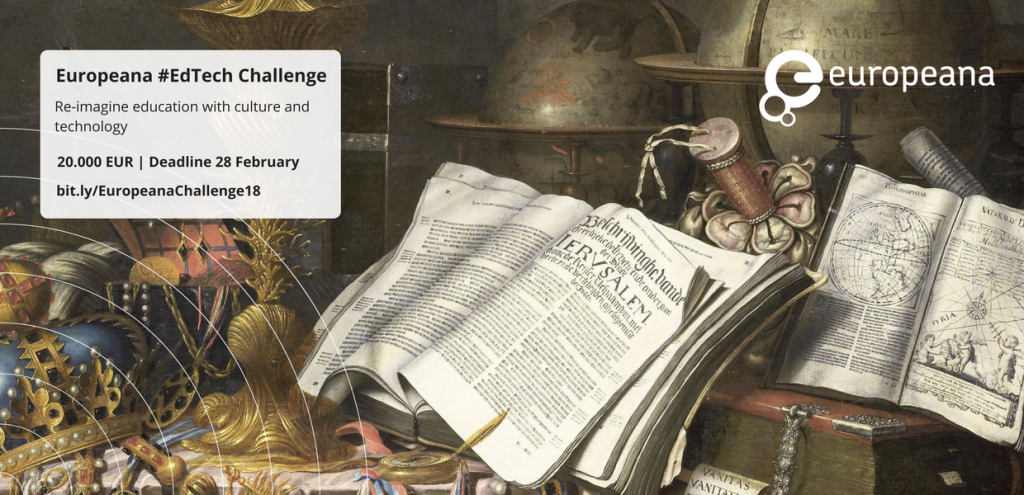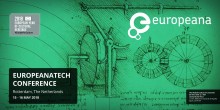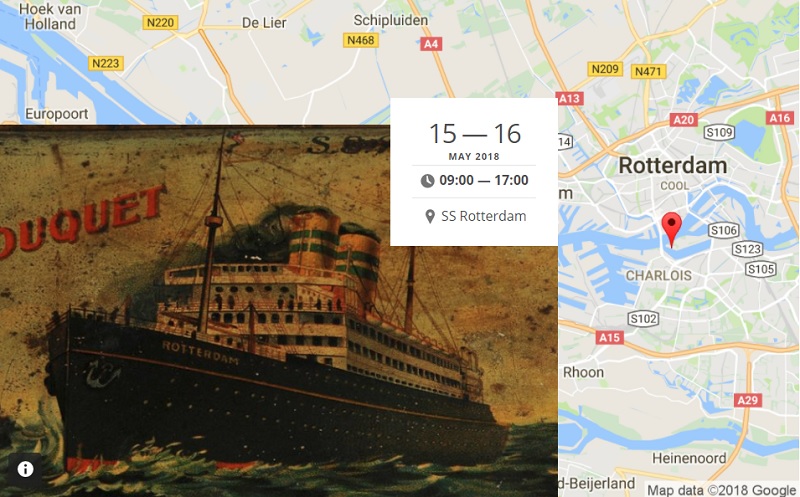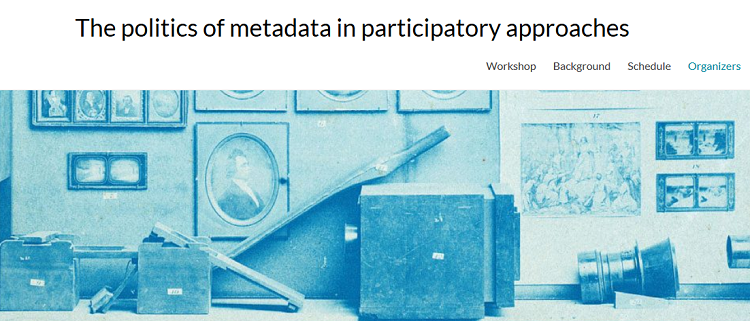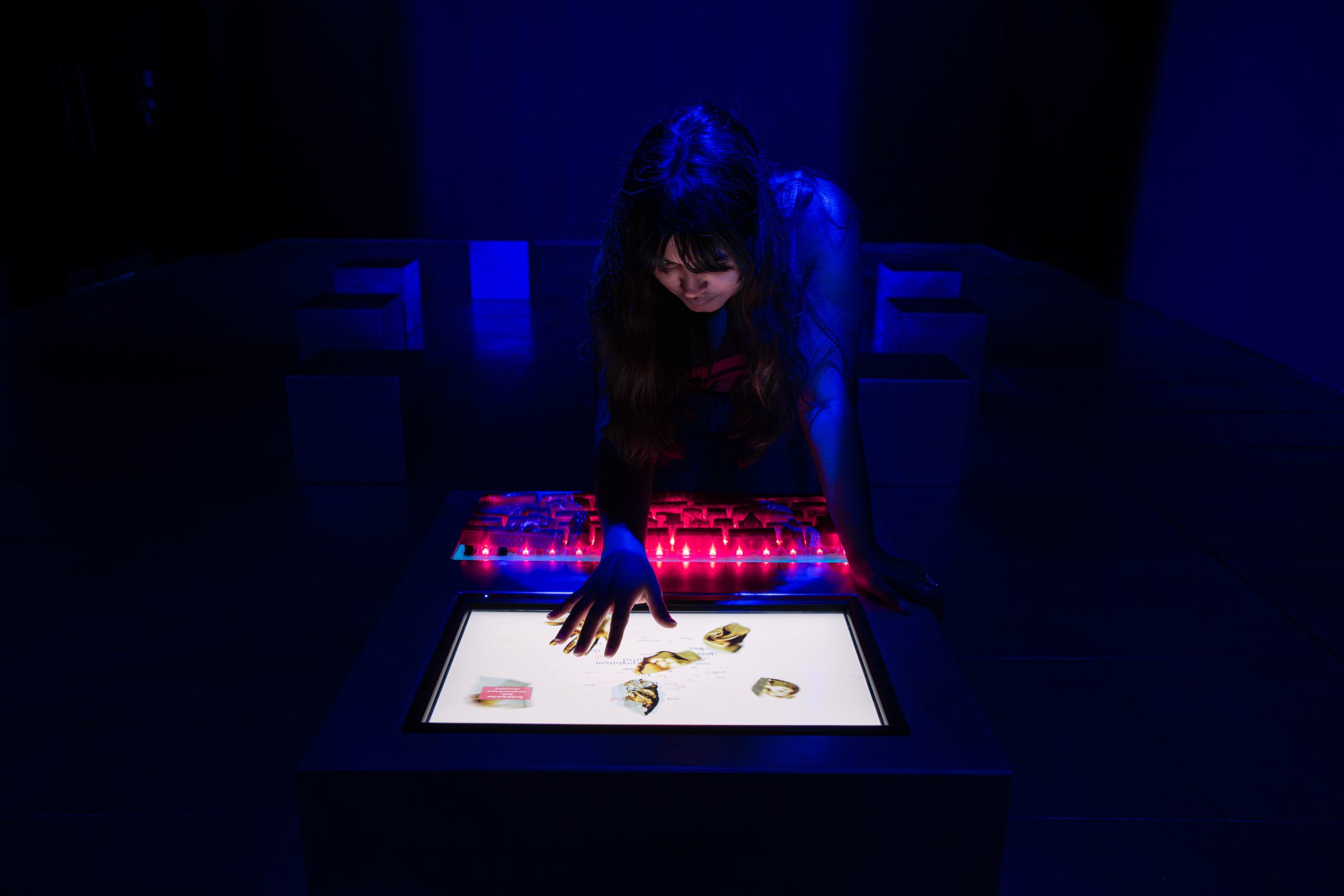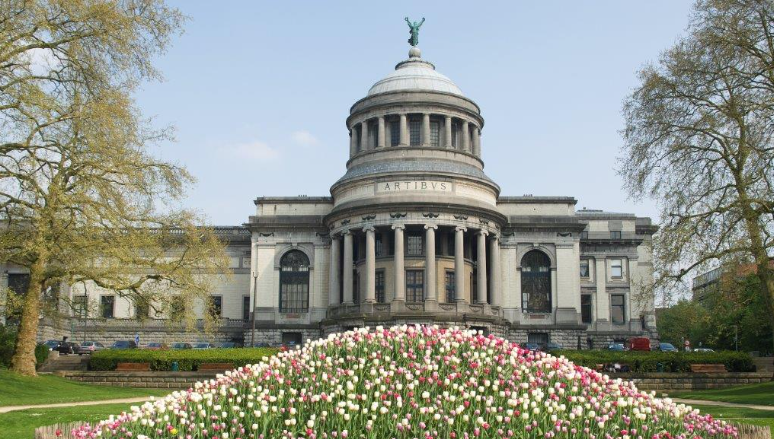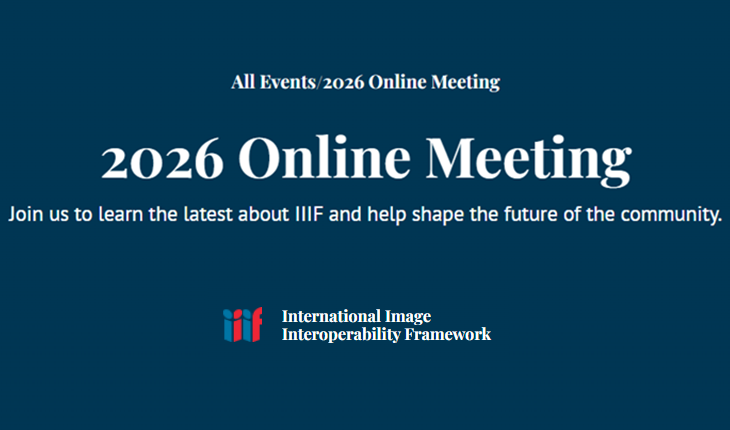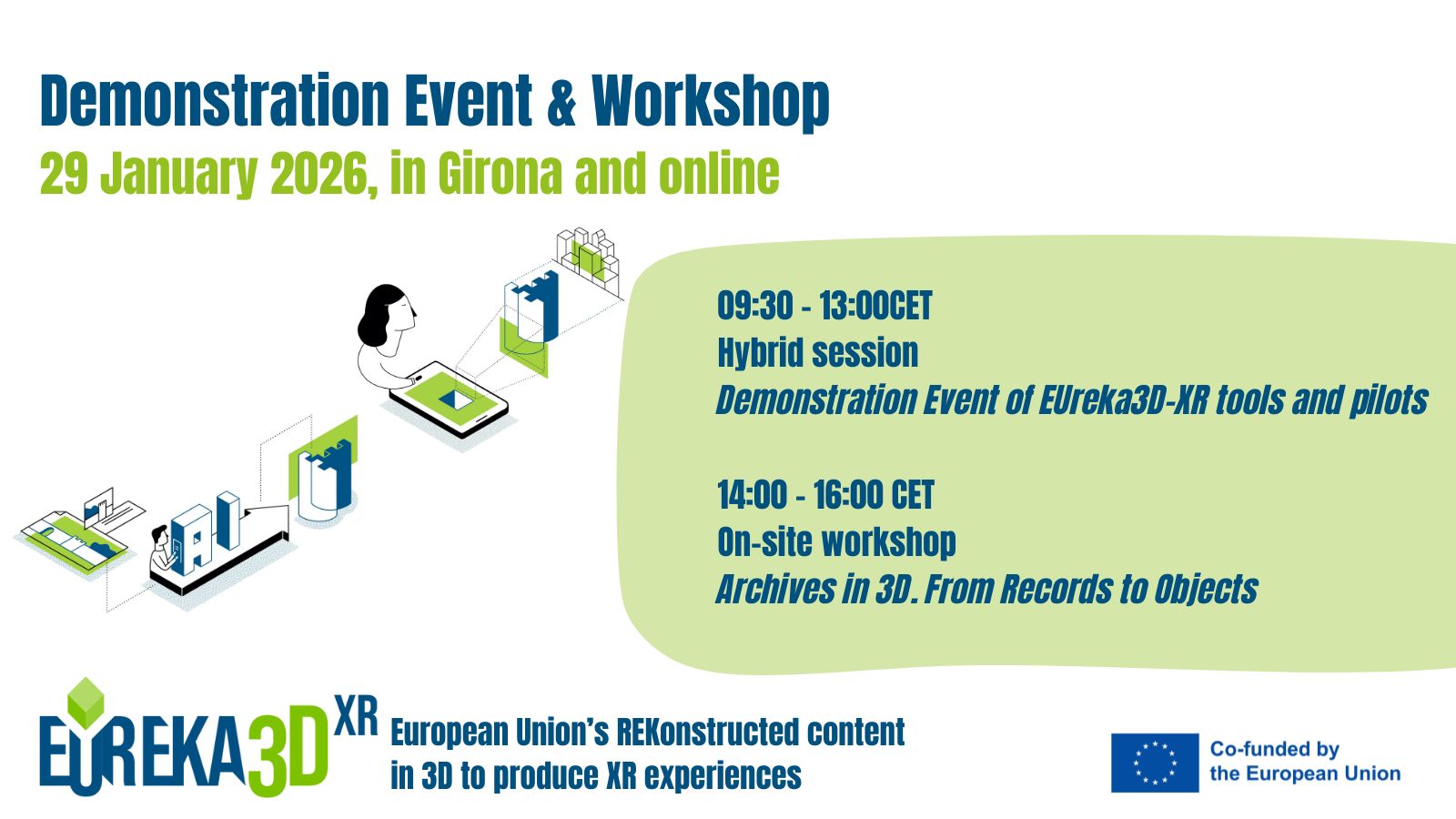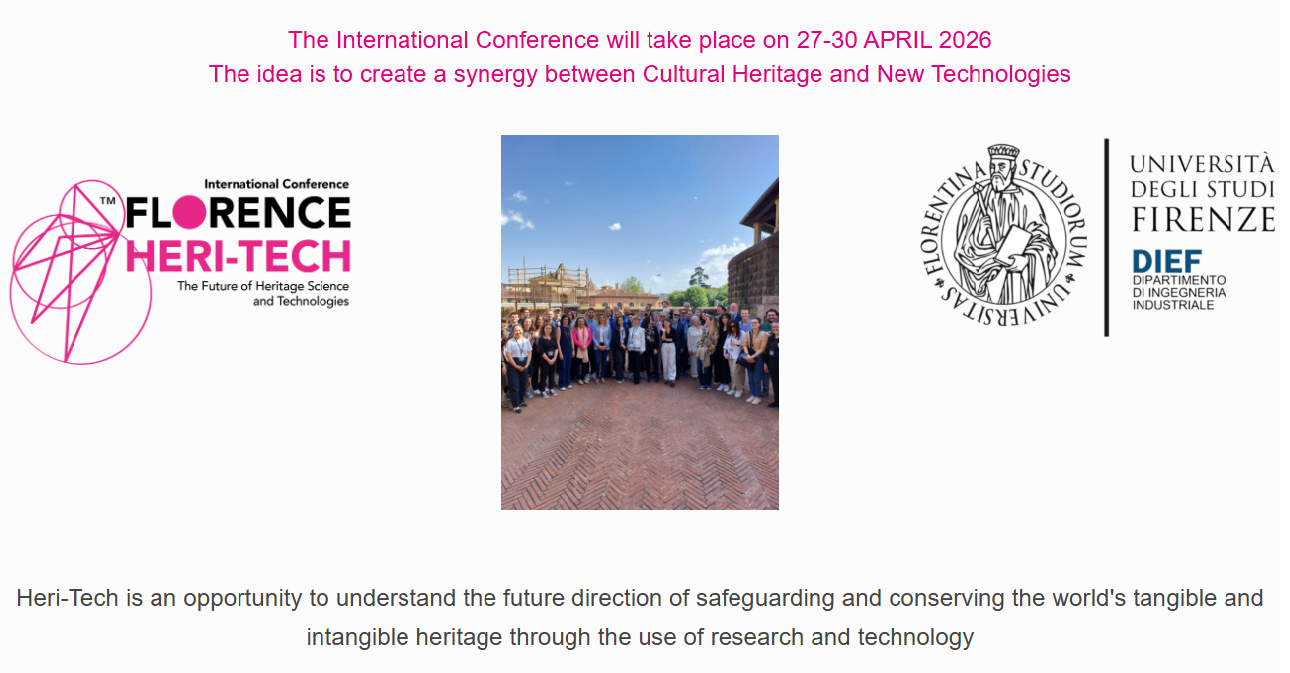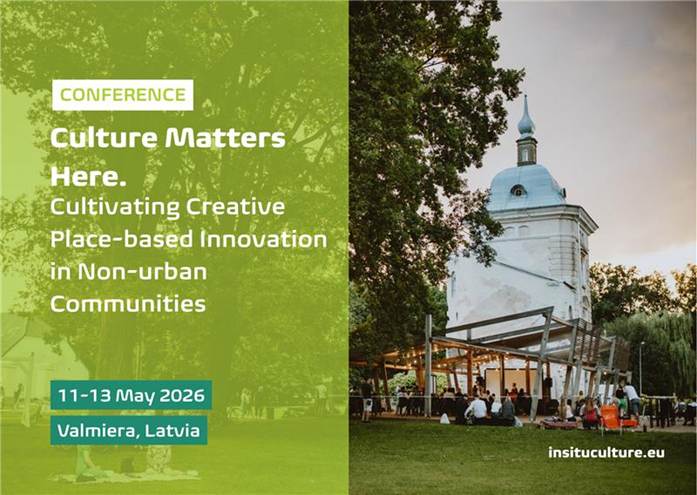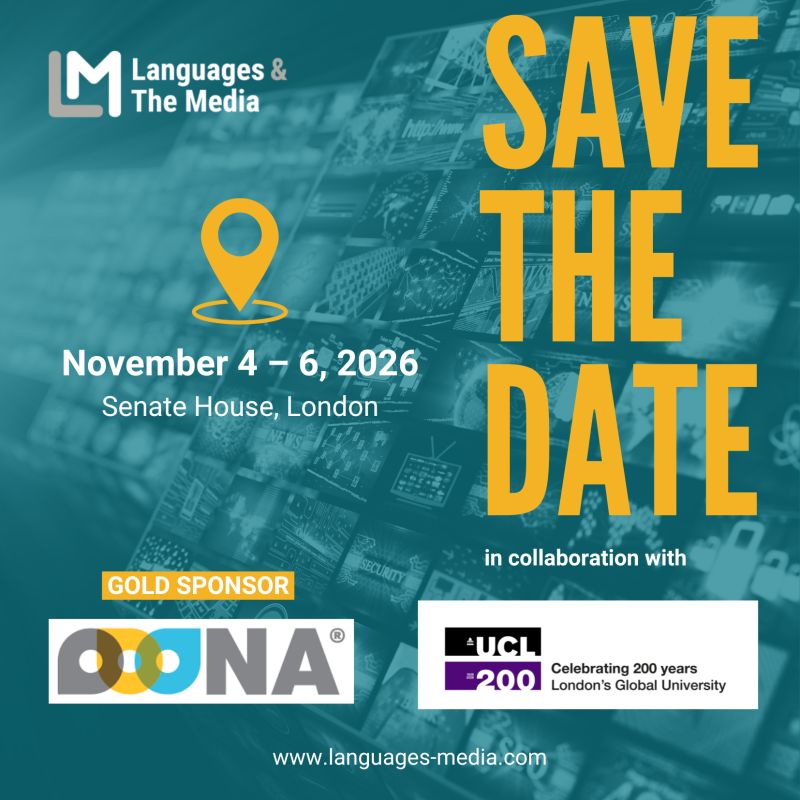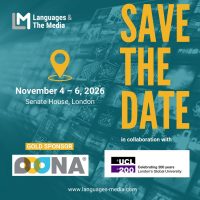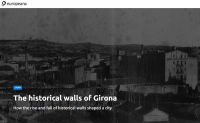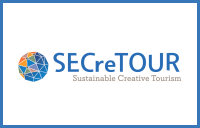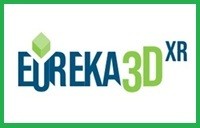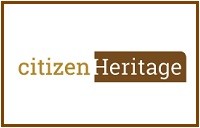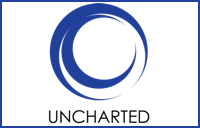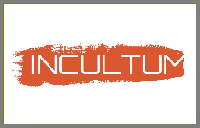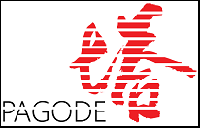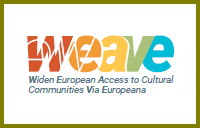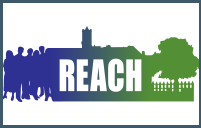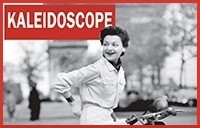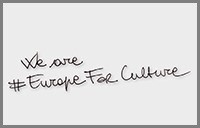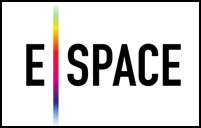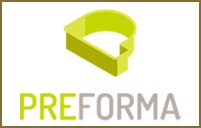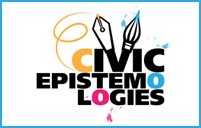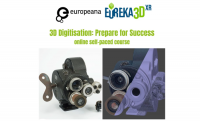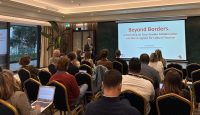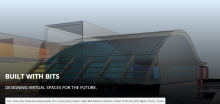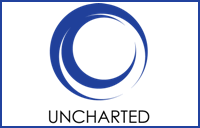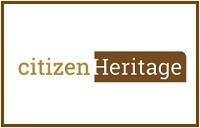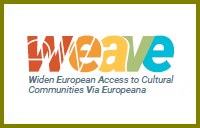High-level Horizon 2020 conference of The European Year of Cultural Heritage
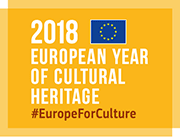 The event, organised by the European Commission Directorate General for Research and Innovation, in close cooperation with the Directorates General for Education and Culture and for Communications Networks, Content and Technology showcased the dialogue between contemporary European society and the most promising innovation initiatives in the field of Cultural Heritage, supported by the EU.
The event, organised by the European Commission Directorate General for Research and Innovation, in close cooperation with the Directorates General for Education and Culture and for Communications Networks, Content and Technology showcased the dialogue between contemporary European society and the most promising innovation initiatives in the field of Cultural Heritage, supported by the EU.
The conference is part of the programme of the European Year of Cultural Heritage and contributed to its legacy by launching a public discussion about the objectives of European research and innovation policy for Cultural Heritage beyond 2020.
Most European citizens consider Cultural Heritage to be very important to create cohesion at the European level and new job opportunities. A public survey also found that the resources currently allocated by public authorities to the promotion of Cultural Heritage are considered insufficient for this purpose.
The conference on the 20th of March aimed to cope with this requirement.
Cultural Heritage is a kind of inheritance selected by a nation or a community, and reflects social and economic systems of value and cultural politics, including human rights.
The most important challege for EU research and innovation policy is improving access and sharing of Cultural Heritage by promoting new ideas, new forms of social organisation and human agency.
European action shall contribute to the development of integrated approaches that will enhance the contribution of Cultural Heritage to sustainable development through the preservation and regeneration of urban and rural cultural landscapes.
New methodologies, coordination and more integrated approaches between national and European levels are required in order to increase the input that Cultural Heritage gives to the improvement of sustainable economic growth, new job creation and external trade.
The European Year of Cultural Heritage celebrates the diverse representations of Cultural Heritage across Europe, at EU, national, regional and local levels. The aim is to encourage more people to discover and engage with Europe’s Cultural Heritage, and to reinforce a sense of belonging to a common European cultural space.
Of particular interest for REACH have been the two presentations of Prof. Civantos, by the University of Granada, Partner of the REACH Social Platform, who reported on Community-led traditional cultural landscape management, and Ms Pamela Lama, by the Municipality of Bologna, Italy, who presented the achievements of the ROCK project, that is associated to REACH.
Conference report and outcomes are available at the conference webpage:
https://ec.europa.eu/info/events/innovation-and-cultural-heritage-2018-mar-20_en
Information and registration to INNOVATION AND CULTURAL HERITAGE Conference are available on https://ec.europa.eu/info/events/innovation-and-cultural-heritage-2018-mar-20_en
Conference Program


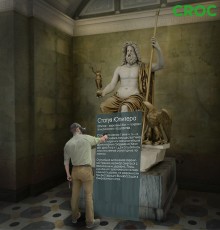






 The event, organised by the European Commission Directorate General for Research and Innovation, in close cooperation with the Directorates General for Education and Culture and for Communications Networks, Content and Technology showcased the dialogue between contemporary European society and the most promising innovation initiatives in the field of Cultural Heritage, supported by the EU.
The event, organised by the European Commission Directorate General for Research and Innovation, in close cooperation with the Directorates General for Education and Culture and for Communications Networks, Content and Technology showcased the dialogue between contemporary European society and the most promising innovation initiatives in the field of Cultural Heritage, supported by the EU.
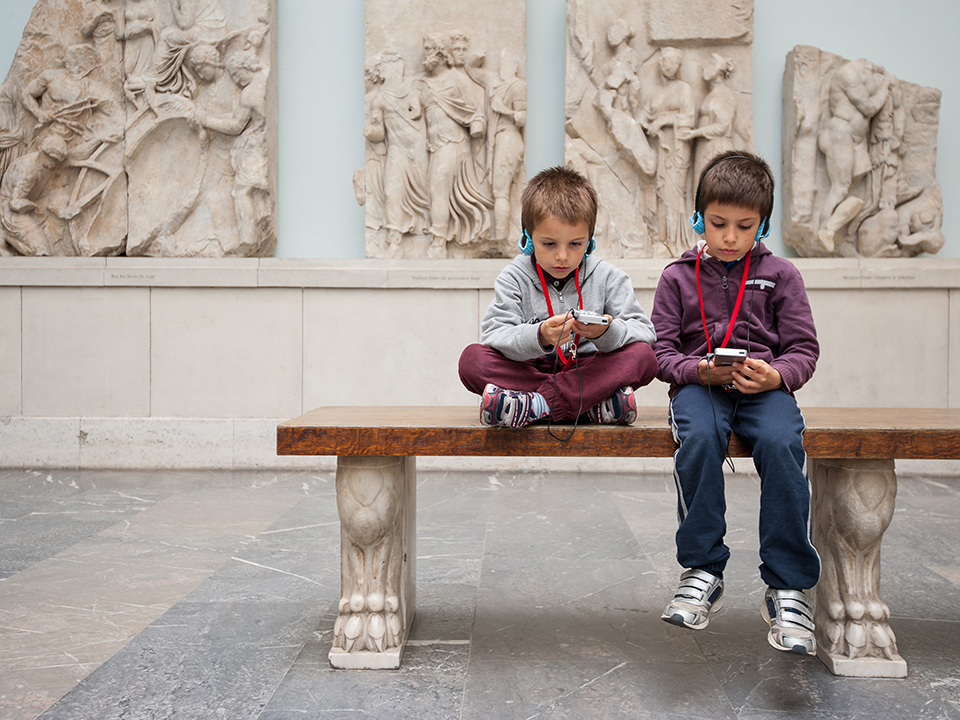
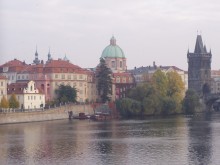
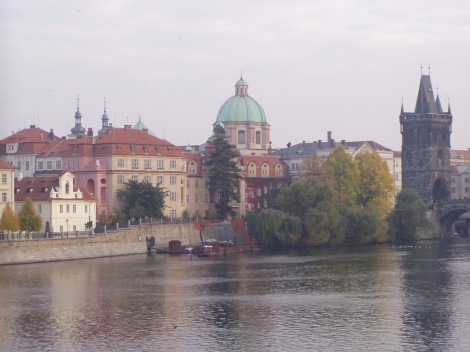 SAVE THE DATE: February 15, 2018. Jana Palacha square, 2, Praha 1, 2nd floor, room 201. Charles University leader of the HORIZON 2020 REACH Project pilot on small towns heritage, promotes the first workshop with associated partners of Czech Republic.
SAVE THE DATE: February 15, 2018. Jana Palacha square, 2, Praha 1, 2nd floor, room 201. Charles University leader of the HORIZON 2020 REACH Project pilot on small towns heritage, promotes the first workshop with associated partners of Czech Republic.
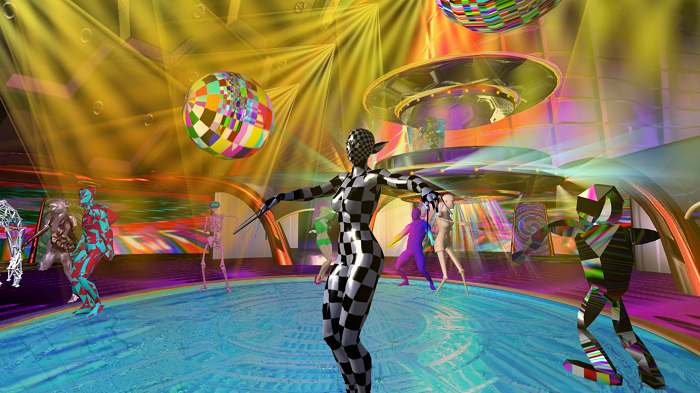
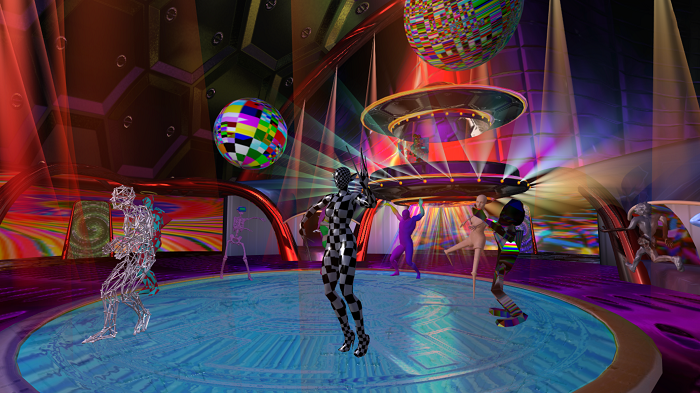

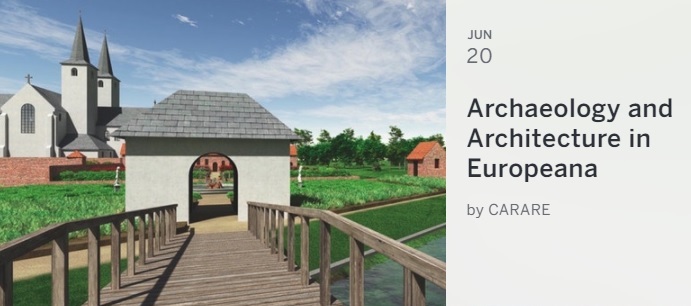 This workshop will explore how digital content for the archaeological and architectural heritage can be made available to users of
This workshop will explore how digital content for the archaeological and architectural heritage can be made available to users of 